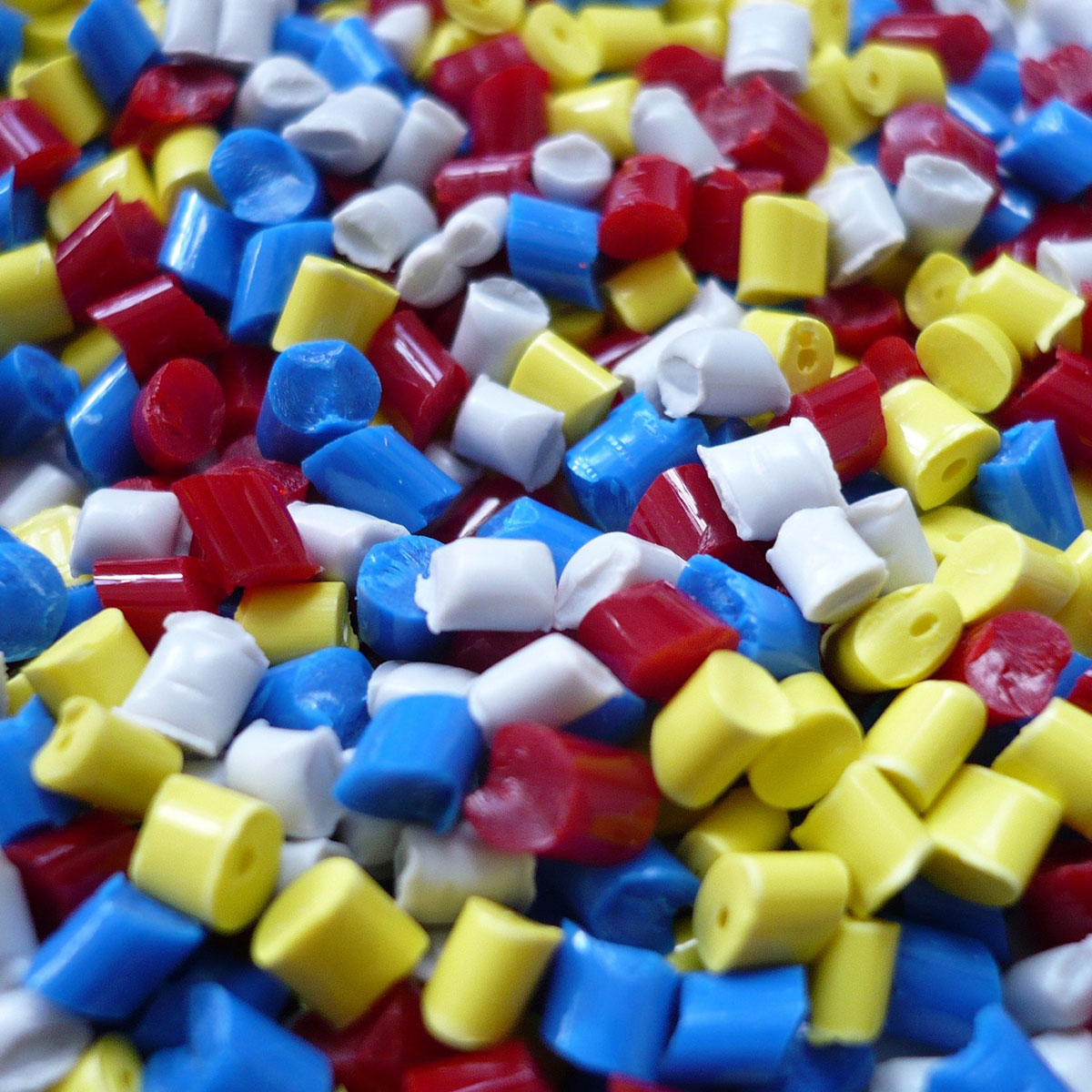What Are Recycled Plastic Pellets Actually Used For – See the List of What Happens

Human population growth has never been higher, and the complex environmental problems caused by this are starting to take effect. Plastics make up a significant fraction of solid waste production worldwide. These plastics are most often recycled by producing intermediary pellets for further processing. Plastic has largely replaced cardboard and glass, in almost all industries. The sheer volume of plastics produced each year makes plastic recycling one of the highest priorities in environmental management. Plastic pellets provide a standardized recycled plastics.
What is plastic recycling?
Plastic recycling refers to any method of recovering waste or scrap plastic out of otherwise wasted waste streams. The overwhelming majority of plastics are non-biodegradable. This means that any plastics that do work their way into landfills will remain there for time on the scale of thousands of years. Much plastic works its way into the ocean through various routes. It’s estimated that nearly 8 million tons of plastic is added to the ocean every year. This plastic can be ingested by a variety of marine animals, often leading to their death. Recycling helps reduce plastic in the ocean.
Why make plastic pellets?
Pelletizing plastic is one of the most common methods of implementing a standardized and efficient plastic recycling process. Recycling operations can be unwieldy and complex. There are many stages of sorting that are required. Getting the plastic from waste to a feedstock for new production is a major challenge. Most production requires plastic to be of a uniform composition and size to be used as a feedstock. Producing pellets from waste plastic provides this. Note that rather than each factory having to handle raw plastics, it’s a single facility produces the pellets and sells them.
The uses of plastic pellets
The pellets of plastic are used in a wide variety of industries. One of the most common uses is the production of new plastic bottles. These bottles make up a substantial portion of plastic produced and are among the most commonly recycled plastic items. The pellets provide the required uniformity of composition required for the manufacturing process. The pellets are used in the manufacture of many other products that would otherwise require new plastic. Items such as plastic bags and industrial plastic wraps are also commonly produced using pelletized feed stocks.
Factors to consider in pellet production
One of the most significant challenges in plastic recycling is that there are several different types of plastic that are widely used. These different plastics need to be separated, if they are going to be used as raw material for new plastic item production. The different types have varying properties that make them more or less suitable for certain applications. It is not only the specific type of plastic that needs to be taken into account. Pellets also very in their color, typically being either mixed color or transparent. The density of the pellets is also a factor that affects production.
Polyethylene pellets
Polyethylene is one type of plastic that is commonly recycled through the intermediary production of pellets. This plastic is commonly used in the production of wraps, bags, and some plastic piping. Polyethylene pellets are produced in low, medium, and high density pellets. The varying densities are suited to a wide range of applications. Polyethylene terephthalate, or PET, is another commonly used and recycled plastic. It was widely used in the production of plastic soda bottles and other similar plastic packaging in other industries.
Polypropylene pellets
Another plastic that is widely recycled is polypropylene. This plastic is used in the production of bottle caps, and this is why bottle caps must always be removed before recycling bottles. Bottle caps are a major source for the production polypropylene pellets. The plastic is known for being malleable and light. It is often used in the production of the plastic components of cars, such as bumpers and dashboards. It is easily extruded or molded, meaning it can be used to produce a wide variety of products in multiple industries.
Other common plastics
While polyethylene, polyethylene terephthalate, and polypropylene make up the majority of recycled plastics, there are other plastics that still take a sizeable share of the recycling market. Polystyrene is the plastic used in the production of Styrofoam. While Styrofoam itself is not recyclable, it is only one form in which polystyrene is used. Other forms can be and are recycled, such as disposable plates and cutlery. Polyvinyl chloride is another recyclable plastic, best known as PVC. It is widely used in the production of piping, and also sees use in flooring and construction.
Bulk pellets
The production of pellets of a certain type, density, and color of plastic is one of the most effective methods of recycling plastic waste. Another method is the production of pellets of bulk plastic. These pellets contain a variety of different types of plastics and are commonly produced from plastic waste that can’t be reasonably sorted. These pellets are often used as a type of fill in certain applications where the only requirement is a reasonably stable bulk material. Often plastic lumber substitutes are produced from these pellets, as the chemical properties are less important.
Plastic aggregates
The pellets also have potential for use as an aggregate in various concrete applications. Aggregates refer to the bulk material that the cement of concrete binds together. Typically these are some form of rocks, gravel, or sand. Most plastics are somewhat reactive to heat, which limits the possible applications in concrete production. There are still many cases where they can be used as a concrete aggregate. With further development the use of recycled plastics pellets of aggregates could become a viable final disposal for low quality plastic waste streams.
Looking forward
Pelletized plastics make up an important part of the overall plastic recycling process. The use of the pellets provides an elegant solution to the many problems posed in the recycling of such a complex waste source. Many common everyday objects have been manufactured using these pellets as their raw materials. As plastic recycling has continued to grow so has the number of applications of plastic pellets. It’s likely that with the growing production of the pellets from plastic waste sources, even more production methods will arise to take advantage of pelletized plastics.


